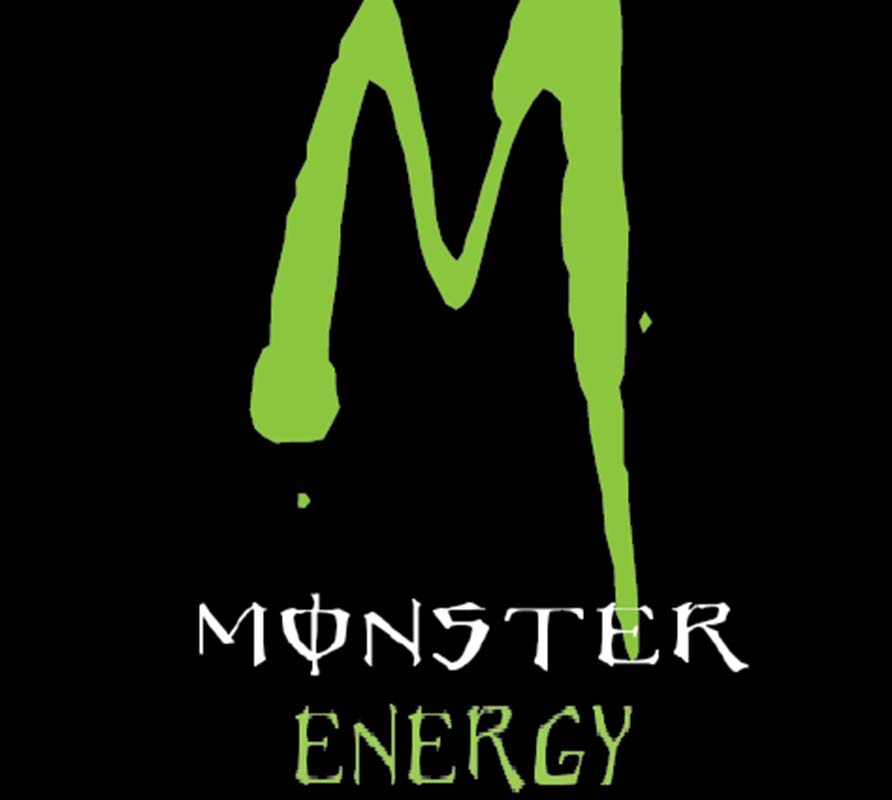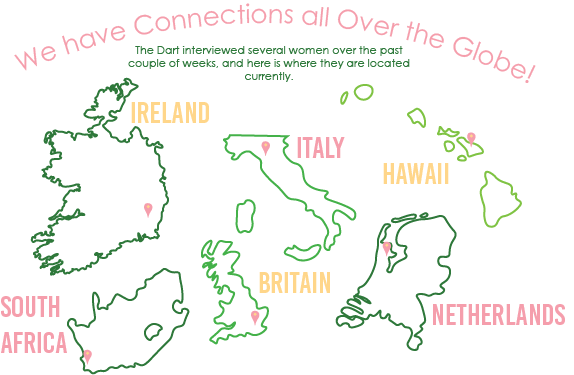by Lane Maguire
With $2 billion in revenue from the last 12 months, Monster Beverage Corporation’s sales have increased exponentially over the past 10 years. Energy drinks, such as Monster, are now the fastest growing part of the beverage industry, according to The New York Times. In 2002, Monster Beverage Corporation stock (stock symbol MNST) sold for around 26 cents per share; it currently sells for around $50 per share, according to Yahoo Finance. Yet rising concerns about these drinks, associated with their high caffeine levels, have accompanied these rising stock prices.
Despite the potential risks and concerns, energy drinks, such as Monster, have risen in popularity, especially among teenagers. According to a Dart poll of 200 STA students, 68 percent of students have had an energy drink before. Of that 68 percent, 18 percent regularly consume energy drinks. Of that 18 percent, 40 percent drink less than one per week, 24 percent drink one per week, 24 percent drink between two and four per week and 12 percent drink between five and seven per week.
STA senior Menley Brennan says that she drinks Monster when she feels stressed or needs to focus. The majority of students polled said they drank energy drinks to have more energy; the second majority said to stay awake. Brennan limits herself to two 16 ounce cans per day, although she does not drink Monster on a regular basis.
“It wakes you up and I like the taste,” Brennan said. “It’s like drinking soda but you have to be more careful with it because it’s more dangerous. And I like the adrenaline rush.”
Monster energy drink was created by Hansen Natural Corporation in 2002. Before creating Monster, Hansen, located in Corona, California, was known for Hansen’s Natural Soda, Hansen’s Natural Coconut Water and other natural beverages “free of preservatives and without artificial flavors or colors,” according to Hansen’s webpage. The webpage reads, “For Hansen’s there is only one way: the natural way.” Now, Monster Energy brand drinks account for the vast majority of the company’s sales. The company changed its name from Hansen Natural Corporation to Monster Beverage Corporation in January 2012.
 2012 was also the year Monster found its company under increasing scrutiny due to “health concerns and claims of false advertising,” according to Benzinga, a news site specializing in economic analysis.
2012 was also the year Monster found its company under increasing scrutiny due to “health concerns and claims of false advertising,” according to Benzinga, a news site specializing in economic analysis.
In October, the FDA investigated several deaths that may be linked to Monster Energy drinks. According to WebMD, the FDA has reported 40 illnesses and five deaths linked to Monster Energy. However, it is difficult to prove that it was actually the product that caused the harm and not an outside factor or underlying medical condition. Senators, Dick Durbin (D-IL) and Richard Blumenthal (D-CT), also recently publicized their concerns about the energy drink industry in general. Benzinga says that the battle against Monster and US regulatory authorities could escalate into 2013. A press release representative from Monster Beverage Corp. would not comment on the recent publicity.
Sophomore Liz Mitchell, a Monster energy drink consumer, cut back on her Monster intake after hearing about some of the negative publicity surrounding the company. Mitchell has also had bad anxiety attacks as a result of her Monster intake. Before this year, Mitchell typically drank one 16 ounce Monster per day. Now, she drinks about two per week. Mitchell reports that she feels more relaxed and less anxious as a result of cutting back.
“[After hearing about the negative publicity], I worried that I would have bad mental breakdowns or my heart would explode or I would just pass out,” Mitchell said.
Monster Energy denounces the recent attacks against the company, arguing that the attacks are “not supported by the facts or the science” in a recent SEC (Security and Exchange Commission) filing. The company reports that “Monster Energy products are safe.” Monster Beverage Corporation also states that it is “not aware of any fatality anywhere that has been caused by its products.”
Monster Energy, unlike Red Bull and Rockstar, does display a warning label on its cans. It reads, “Limit 3 cans per day. Not recommended for children, pregnant women or people sensitive to caffeine.” What the can does not list is the exact amount of caffeine in the drink. According to the press release representative from Monster, the company does not list the exact amount of caffeine on the ingredients label because “the law does not require them to.” The ingredients label lists 2500mg of an “energy blend,” of which one of the ingredients is caffeine.
Caffeine is the main active ingredient in energy drinks such as Monster. A recent test by Consumer Reports found that Monster energy contains 92 mg of caffeine per serving (serving size is 8 oz.). The Press Release Representative from Monster said that a 16 oz. Monster Energy drinks contains 160 mg of caffeine, which is slightly less than the Consumer Reports found. In comparison, 5-Hour Energy contains 215 mg of caffeine per serving (serving size is 1.93 oz.). An 8-ounce cup of coffee contains around 100 mg of caffeine.
Providence Hospital nutritionist Carol Shimer said that teenagers should take in no more than 300 mg of caffeine per day. High doses of caffeine can lead to restlessness, nervousness, insomnia and, in extreme cases, seizures and unstable heart rhythm, according to WebMD. Brennan said that she regularly feels heart palpitations as a result of drinking Monster. Despite these palpitations, she has not considered cutting back her intake.
“I’m kind of one of those risk-takers I guess,” Brennan said.
In place of energy drinks, Shimer recommends a snack with a carbohydrate-protein combination, such as peanut butter crackers, milk and yogurt, for sustained energy.
“It’s not going to give them the hype that the caffeine will, but it will be better for them in the long run and will give them more energy,” Shimer said.
According The New York Times, ingredients in energy drinks apart from caffeine in energy drinks have “little, if any benefit for consumers.” Yet, energy drink companies attempt to market their drinks as something more – specially engineered blends that can give consumers an edge. For example, Monster claims its energy drink is a “killer energy brew.”
Despite health concerns from recent years and the resulting negative publicity, Monster’s stock is up over 14 percent over the past year, according to Benzinga.com. Energy drink companies and the popularity of their products continue to grow in spite of disquieting investigations, lawsuits and even possible deaths linked to their products.







